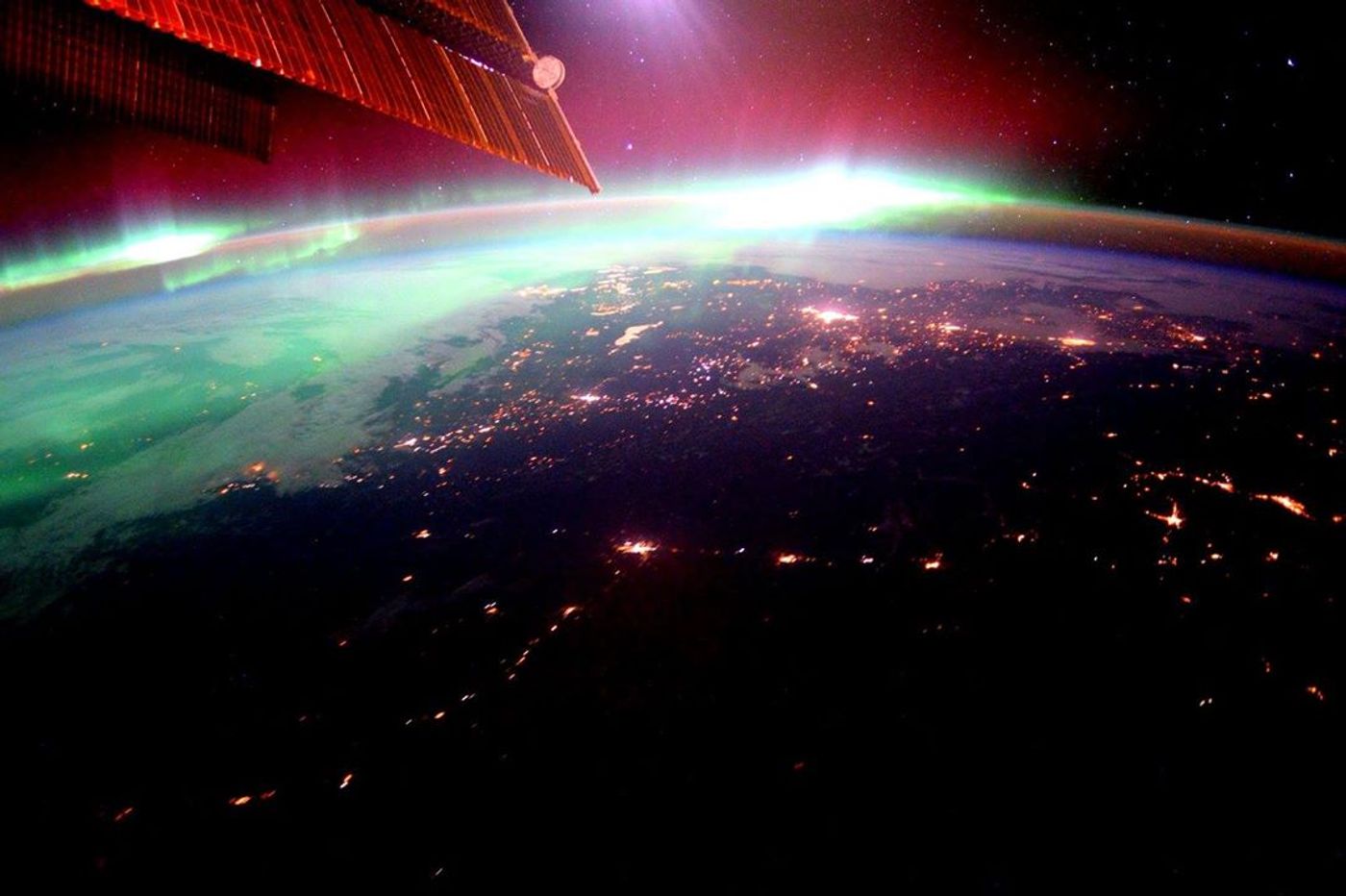NASA Spots Large Coronal Hole on the Sun's Surface
There are many people out there that might think that the Sun, being a huge intensely hot ball of nuclear fusion between Hydrogen and Helium, is entirely uniform throughout its vast, hot surface; but NASA has spotted something peculiar on the surface of the Sun that’ll have anyone who thought that thinking twice.

What you see here is a coronal hole, or a hole in the Sun’s magnetic field, which is allowing solar winds to escape the Sun and radiate out towards the planets. The image, which was taken by NASA’s Solar Dynamic Observatory (SDO) in wavelengths of 193 Angstroms, was taken in an ultraviolet light spectrum invisible to the naked human eye.
Thankfully, the Earth has its own protective magnetic field, so when the Earth gets hit by these fast-moving solar wind storms that originate from the Sun, we don’t get burnt to a crisp, but rather, we see something beautiful known as an aurora. This is referred to as a geomagnetic storm.
Among some of the most famous auroras are the Aurora Borealis, which happen at the very Northern and Southern tips of our planet. You may have also heard them referred to as the Northern lights or Southern lights.
“Geomagnetic storms caused by high-speed solar wind streams aren’t uncommon,” said Leila Mays, a space physicist at NASA’s Goddard Space Flight Center in Greenbelt, Maryland. “Near solar minimum—when solar activity like CMEs are less frequent—these fast streams are actually the most common cause of geomagnetic storms that create auroras.”
Below, you can see an image of an aurora caused by solar winds, as captured by U.S. International Space Station astronaut Scott Kelly, who recently broke a U.S. astronaut record:

The coronal hole spotted on the Sun’s surface by NASA is about 50 Earths wide, which means that a lot of fast-moving solar winds are escaping into the interplanetary space around it.
Sounds scary, doesn't it? Well don't worry.
Fortunately, the geomagnetic storms are not harmful to life on our planet, but they have been known to mess with magnetic systems and electricity in areas affected by them, which is why power outages and other strange occurrences are common during this phenomenon. For that reason, these auroras are commonly watched, photographed, and enjoyed when they occur.
Source: NASA








